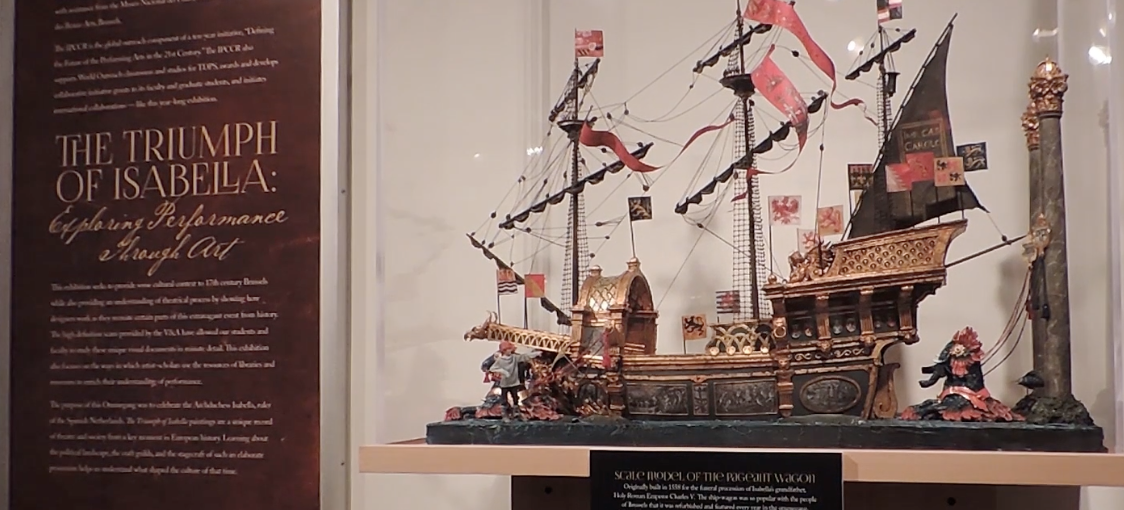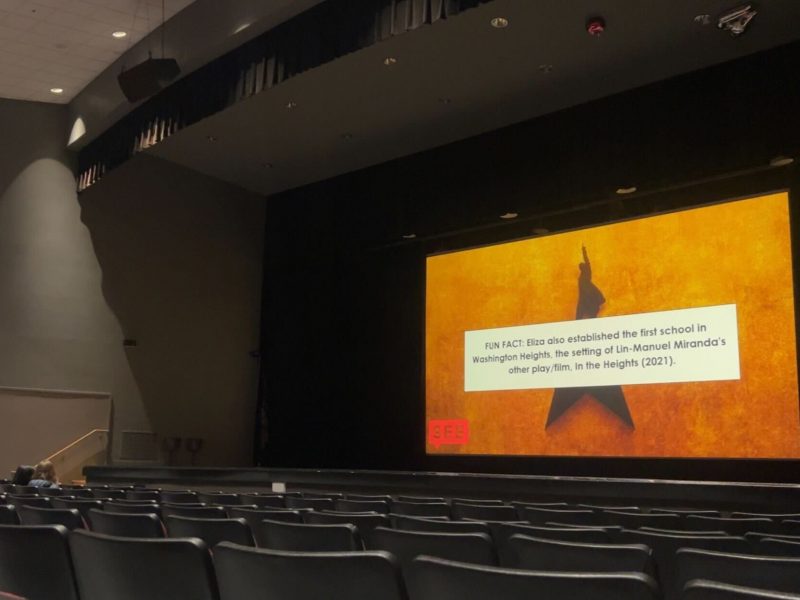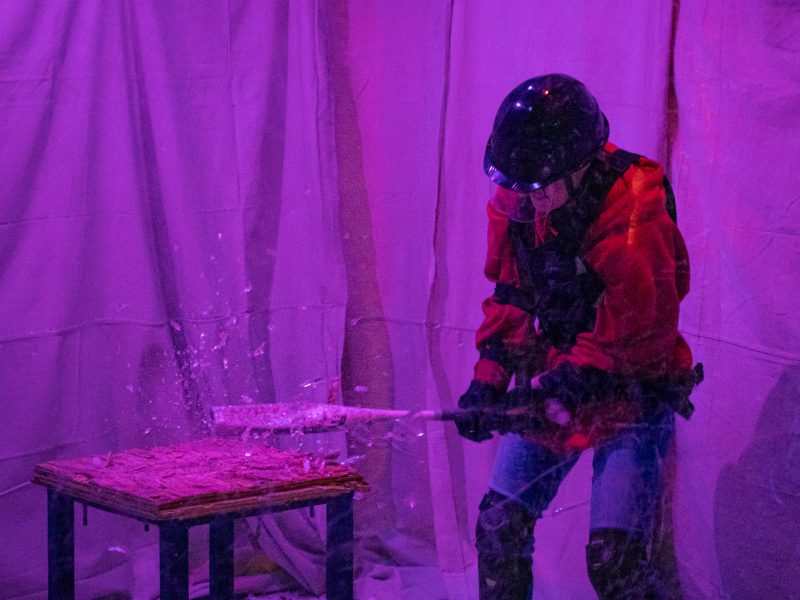In 1615, the Dutch Archduke Albert and Archduchess Isabella commissioned Denis Van Alsloot to paint the Ommegang, an annual parade in Brussels devoted to the arts and culture. The festival — dedicated that year to the archduchess — and the eight subsequent paintings came to be known as “The Triumph of Isabella.”
More than 400 years later, the University of Maryland’s theatre, dance and performance studies school is bringing these ravishing paintings to life through an immersive three-part production that places audiences in the center of 17th-century Brussels.
Frank Hildy, a theatre history professor and director of the international program for collaborative research at this university, said work on the production began in August 2017.
Hildy said that after accessing high-density scans of artwork from the Prado Museum in Madrid and the Victoria and Albert Museum, he worked extensively with students in the masters of fine arts graduate program in projective design to animate figures using computer programming. An additional team used 3D printing and laser cutters to recreate a ship now featured in the Michelle Smith Performing Arts Library.
“Nobody else has done anything quite like this,” Hildy said. “My hope is that when people start doing it, they’ll be turning to us and to our students to find out how we did it and then build on what we started.”
While the library exhibition — which showcases five digital prints of the Ommegang — is on display through May 2019, the immersive experience ran its final performance Sunday.
The experience opened with an introduction to street theatre festivals with Susan Haedicke, a professor of theatre and performance studies at the University of Warwick. Haedicke shared three 21st-century examples of street theatre before reflecting on the Ommegang in Brussels.
“The performances invade a public space, shake it up and disappear,” Haedicke said. “But the memory of the disruption haunts the place, haunts the audience and those experiencing it.”
After an introduction, audience members were divided into two groups. The first group, crowded into a small room where four projection screens and noise accompaniments transported audience members back to 1615.
Molly Boyle, a senior theatre major who played an actress imitating Archduchess Isabella, opened the experience with a brief monologue. Audience members watched as animated figurines from the painting moved across projection screens.
“When [Isabella] was named Queen of the Ommegang it wouldn’t have been proper for her to have actually been in the parade,” Boyle said. “So they hired actresses to portray her in various lights.”
Boyle, who has experience in immersive theatre, wrote her monologue for the show with the help of graduate students and Hildy.
“The historical accuracy is incredibly important for this as is the rest of the technical elements,” Boyle said. “I’ve done similar projects like this before, but none of them have required this level of collaboration with multiple different types of media and theatrical performance.”
During Boyle’s performance, the second group crowded in the main entry where they met actors from the painting. The characters interacted with audience members, shared personal monologues and engaged in festive dancing.
Fraser Stevens, a third-year PhD student in the theatre, dance and performance studies school and Master of the Revels of the live performance, called the event an “exploration of how digital technology can help the arts and humanities.”
“It’s really about giving opportunity and access for the students here and then also trying to help guide where theatre and live art might end up going in the future,” Stevens said.
Nina Parekh, a junior psychology and theatre double major who attended the production to support her peers, was impressed by the detail and research.
“We don’t do a lot of immersive performance here, so when we get to see something that’s so based in research, it’s really incredible,” Parekh said.



